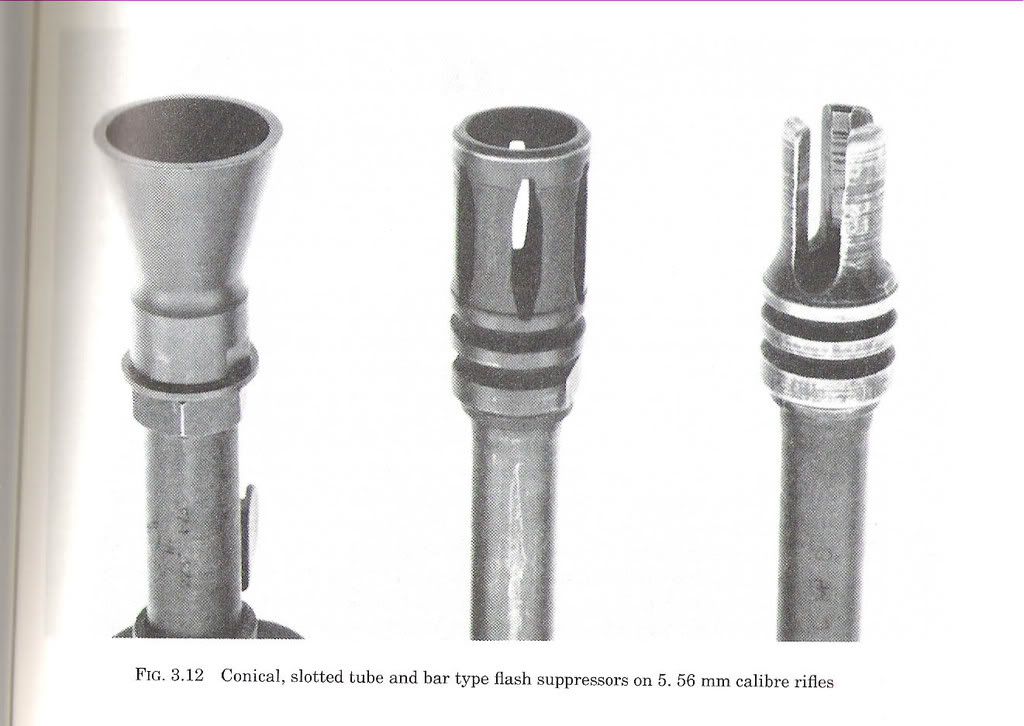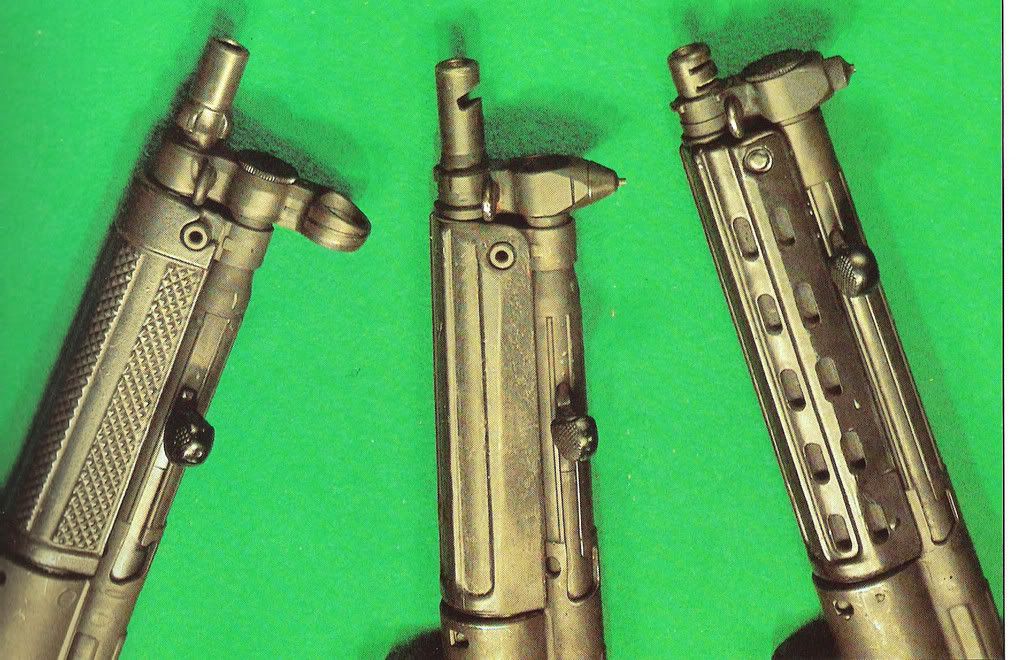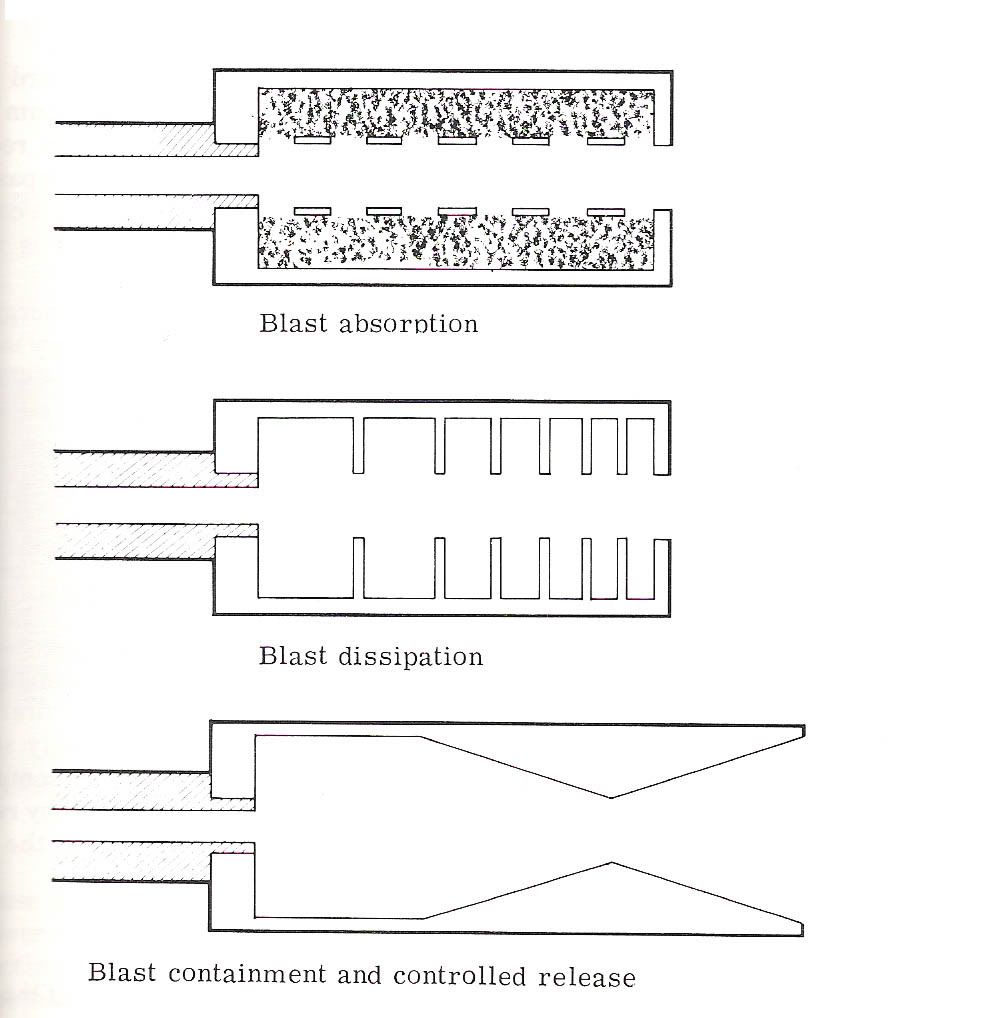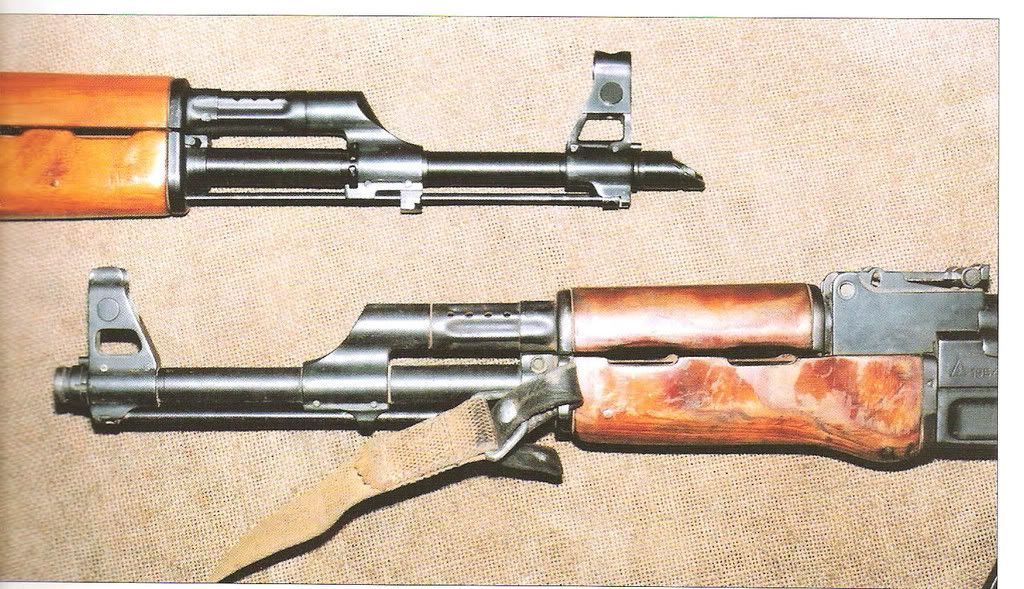引用:
原帖由 mswong 於 10-5-2008 18:37 發表
又三鈡不同
三种 flash eliminator (suppressors)有 ...




原帖由 mswong 於 10-5-2008 18:37 發表
又三鈡不同
三种 flash eliminator (suppressors)有 ...

原帖由 mswong 於 12-5-2008 00:00 發表
嘩!我係用家唔係專家,Flash suppressor 的功用我就知邊隻好我点知 x17 是什麽?


原帖由 cato 於 12-5-2008 00:06 發表
有時ms d回覆好有趣
 你咁講大佬 G 又丙我喇,好心唔好咁殘忍,個女知道又唔禆 MS上網!
你咁講大佬 G 又丙我喇,好心唔好咁殘忍,個女知道又唔禆 MS上網!
| 歡迎光臨 CGF (http://wargamehk.com/cgf/) | Powered by Discuz! 6.0.0 |